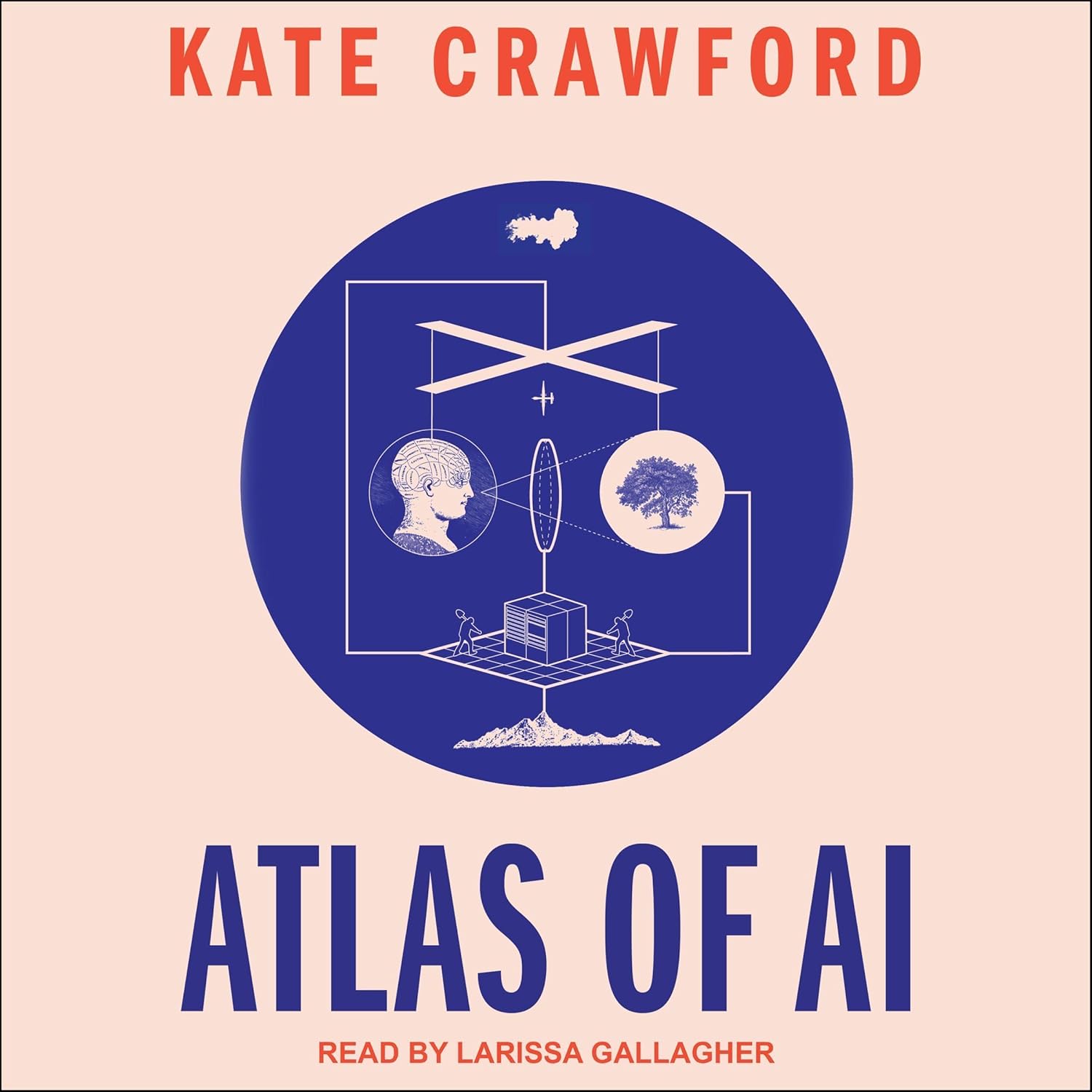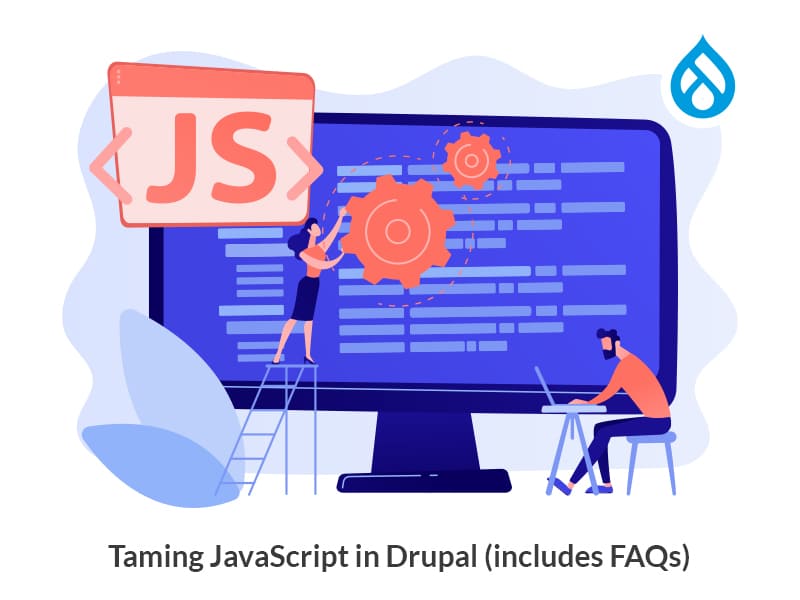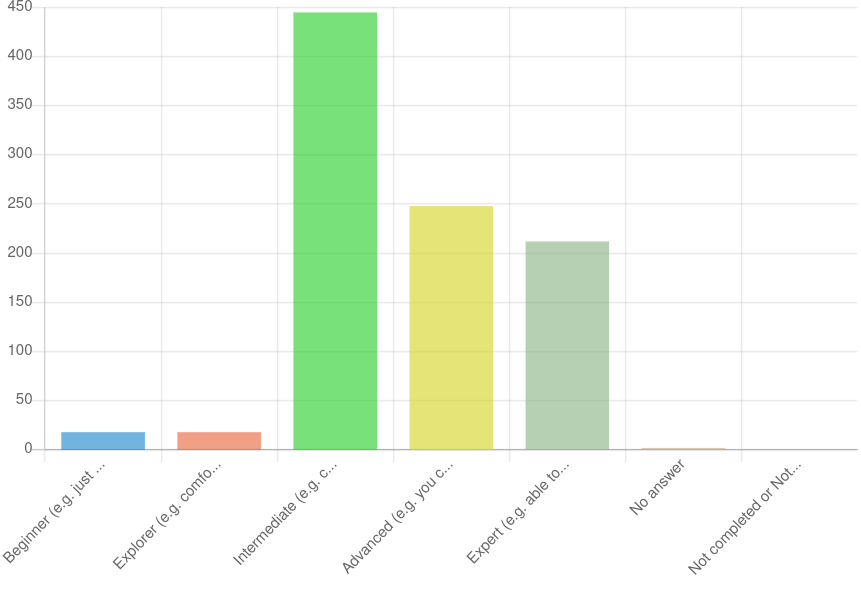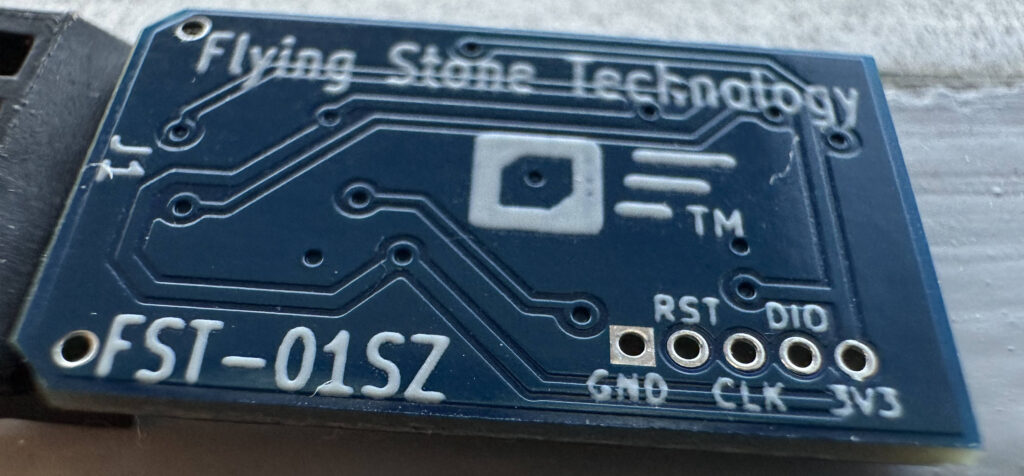Author:
Source
Sponsored:
Atlas of AI: Power, Politics, and the Planetary Costs of Artificial Intelligence - Audiobook

Uncover the true cost of artificial intelligence.
Listen now, and see the system behind the screens before the future listens to you. = > Atlas of AI $0.00 with trial. Read by Larissa Gallagher
Here are some key principles to guide your choices:
Focus on:
Fruits and vegetables: Rich in potassium, magnesium, and fiber, all of which help regulate blood pressure. Aim for at least five servings per day, with emphasis on leafy greens, berries, citrus fruits, and tomatoes.
Whole grains: Choose brown rice, quinoa, oats, and whole-wheat bread instead of refined grains. They provide fiber and magnesium, contributing to blood pressure control.
Low-fat dairy: Yogurt, skim milk, and low-fat cottage cheese offer calcium and potassium, beneficial for managing hypertension.
Fish: Fatty fish like salmon, tuna, and mackerel are rich in omega-3 fatty acids, which have anti-inflammatory effects and can lower blood pressure. Aim for two servings per week.
Nuts and seeds: Almonds, walnuts, sunflower seeds, and pumpkin seeds are excellent sources of magnesium, potassium, and fiber. Include a handful as a snack or in meals.
Herbs and spices: Garlic, rosemary, cinnamon, and basil are natural blood pressure-lowering agents. Use them liberally in cooking.




